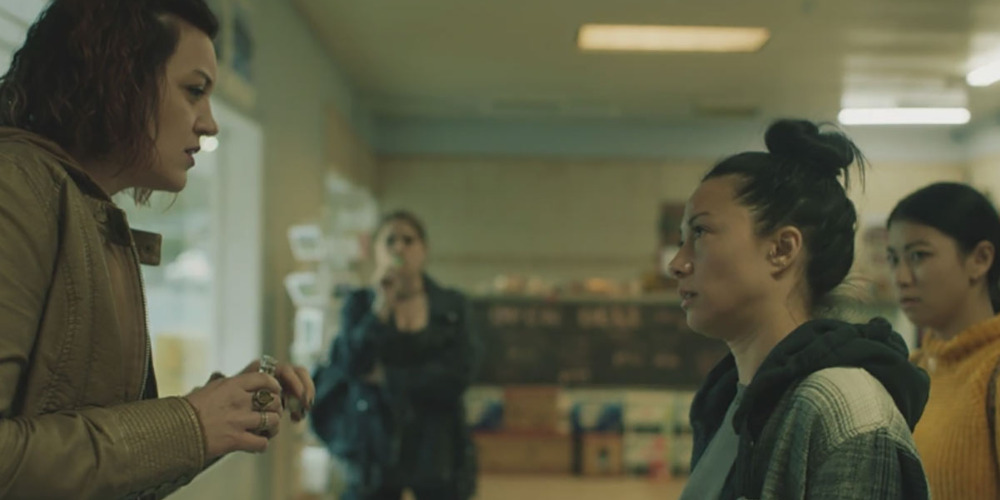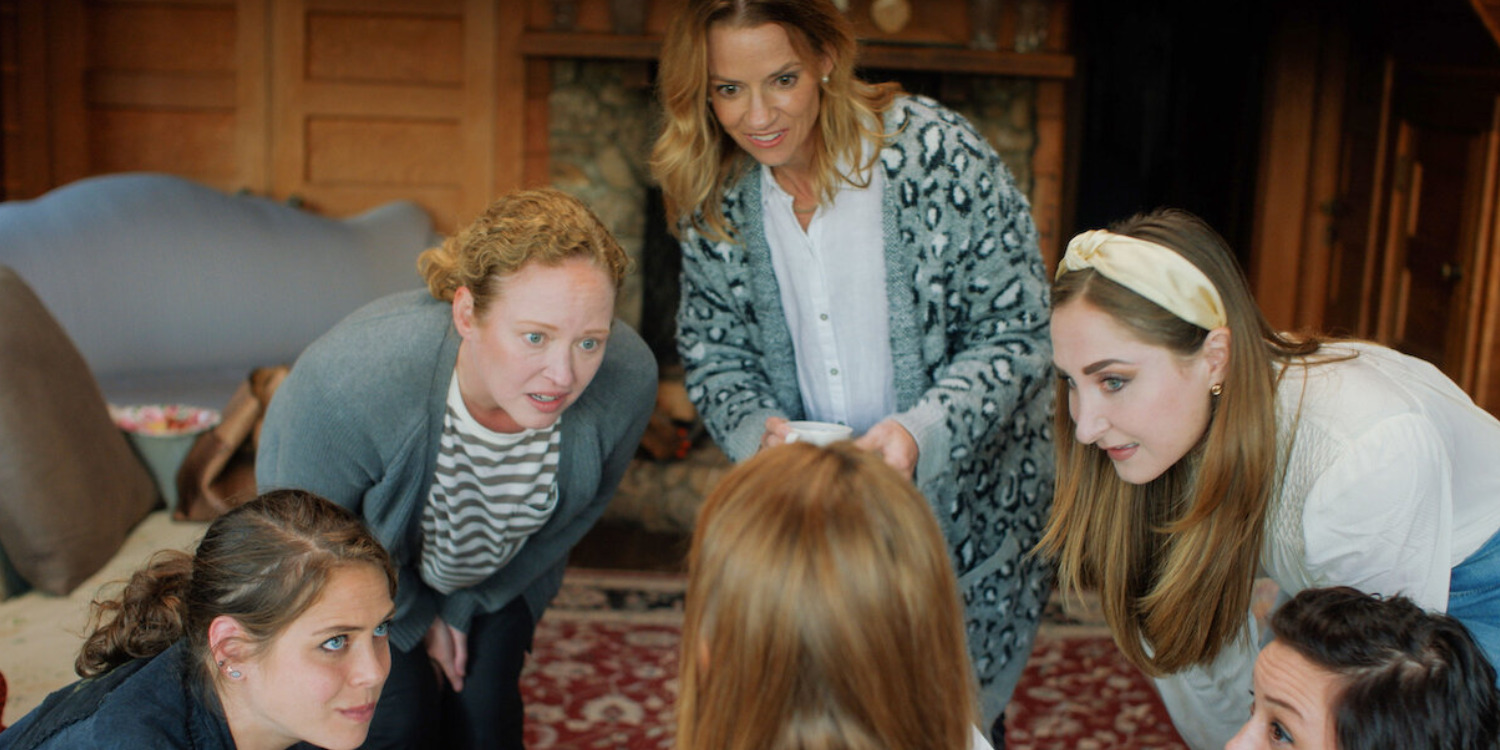Beth de Araújo’s horror thriller movie ‘Soft & Quiet’ is a cautionary tale about unchecked hate and bigotry, featuring Stefanie Estes, Olivia Luccardi, and Melissa Paulo, among others. The story revolves around a group of white supremacist women, Emily, Leslie, Kim, and Marjorie, who are all part of a private Neo-Nazi group. Following an encounter with Asian-American sisters Anne and Lily, Emily and her friends go down a twisted and dark path.
The movie depicts the fundamental horrors of white supremacy and racism through a disturbingly depraved tale of a hate crime. Given the film’s subject matter and the fact that it unfolds in real time, viewers might wonder whether or not the story’s events are based on a true incident. If you’re wondering the same, here is everything you need to know about the inspiration behind ‘Soft & Quiet.’
Real Issues, Fictional Tale: Unveiling Soft & Quiet’s Depth
No, ‘Soft & Quiet’ is not based on a true story. However, it’s evident that the film acts as a social commentary on a real-world issue that plagues our contemporary realities. As such, director Beth de Araújo, who wrote the script, was influenced by an infamous real-life 2020 incident involving a white woman named Amy Cooper in Central Park, New York City. While walking her unleashed dog in Central Park’s Ramble area, she came across an African-American man, Christian Cooper, who asked her to put her dog on a leash per the park rules.

When Amy refused, Christian tried to leave some treats for her dog to get her to comply. Following this interaction, she threatened to call the police on him and report “an African-American man threatening her life,” and then proceeded to do so. A recording of this incident went viral on social media and garnered much criticism amidst the beginning of the 2020 Black Lives Matter movement.
“It [the Amy Cooper video] really affected me in a way that most of these videos don’t, where usually I get quite depressed and sort of debilitated by them. And this one – the manipulation made me so angry.” Director and writer Beth de Araújo said in an interview with Forbes. “It immediately clicked that I wanted to write a role where Stephanie would play a modern-day female white supremacist.”
Since the entirety of the movie is told from the perspective of Emily and her friends, the modern-day female white supremacist aspect forms its foundation. With this movie, Beth wanted people to engage with the uncomfortably horrifying reality of white supremacy and its effects. As such, she based the characters of Emily and her other Nazi friends upon the framework that the “Tradwife” movement presents. According to the filmmaker, “The [tradwife] idea is traditional women, traditional family models, which is the guise for saying, we want strong families, meaning we need Aryan families, Aryan Christian families.”
Likewise, through Emily and other members of the “Daughters for Aryan Unity” in her film, Beth explores the legacy of white supremacy, the confederacy, and the Klu Klux Klan through Nazi alt-right white women. “I discovered that there has been a deliberate rebranding of the alt-right women to have the veneer of smart, sophisticated Instagram influencers so that they can reach the mainstream more effectively. The Klu Klux Klan women used to publish a magazine called ‘Homefront,’ which was branded as a home-ec magazine but actually pushed their white supremacist agenda. So that became the focus of the film.”
Throughout the film, several blatant acts of bigotry are depicted both in the form of outright hateful violence and subtle microaggressions. While it falls in the horror genre, it refuses to employ fictional monsters and instead portrays a real-life threat looming over our society. Though ‘Soft & Quiet’ is not based on a true story, it has deep roots in reality. It urges the viewers to engage in deliberate conversations about hatred, prejudice, and discriminatory ideologies.
Read More: Where Was Soft and Quiet Filmed?


You must be logged in to post a comment.